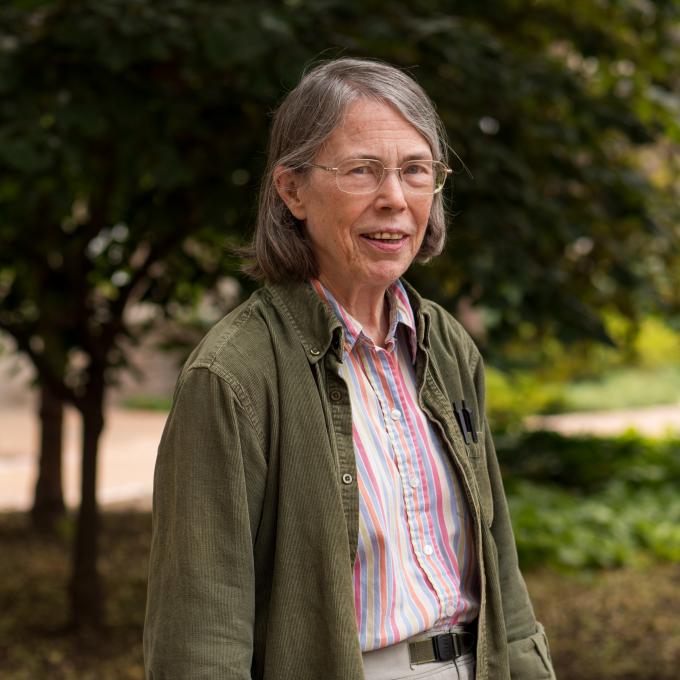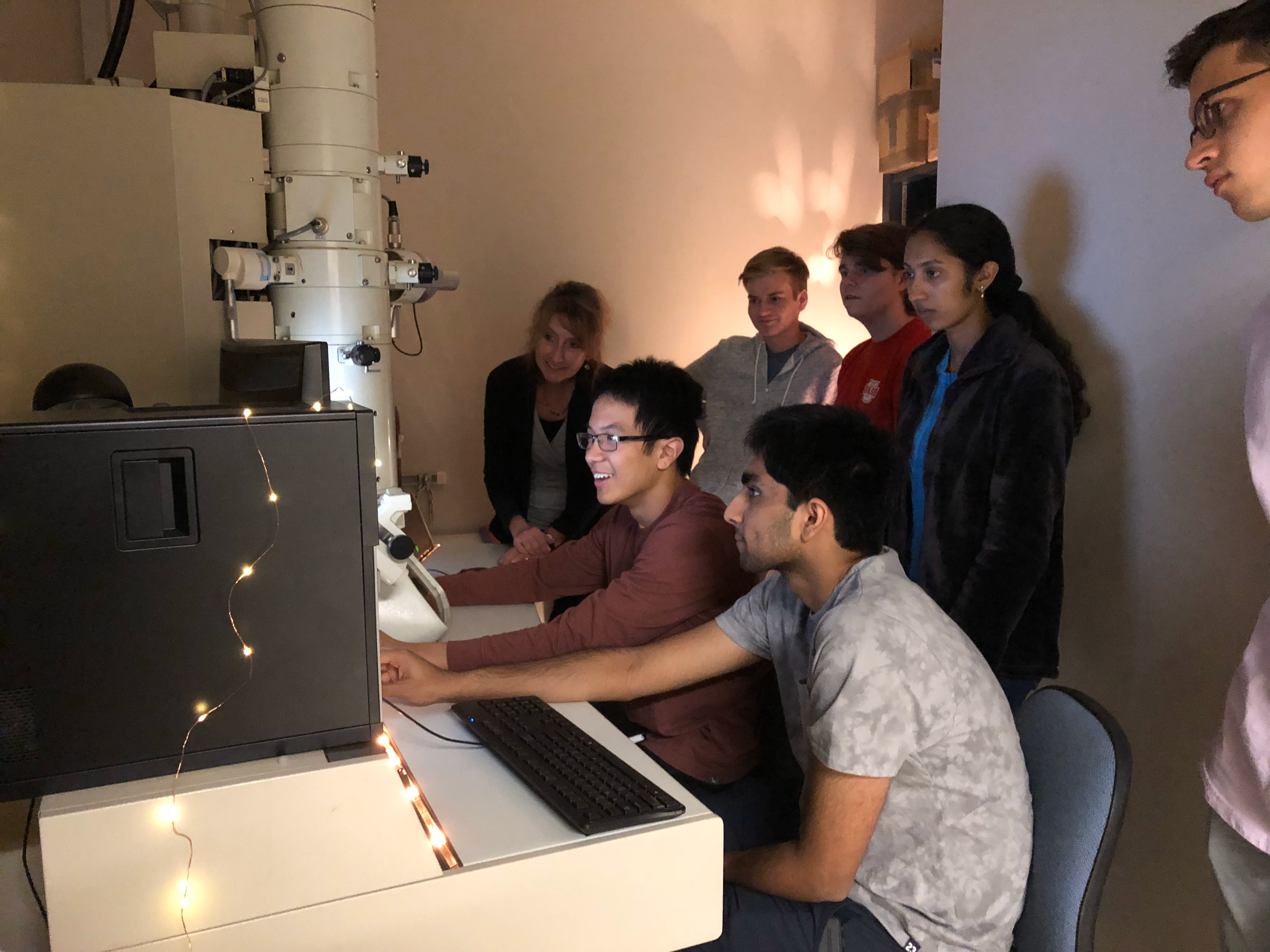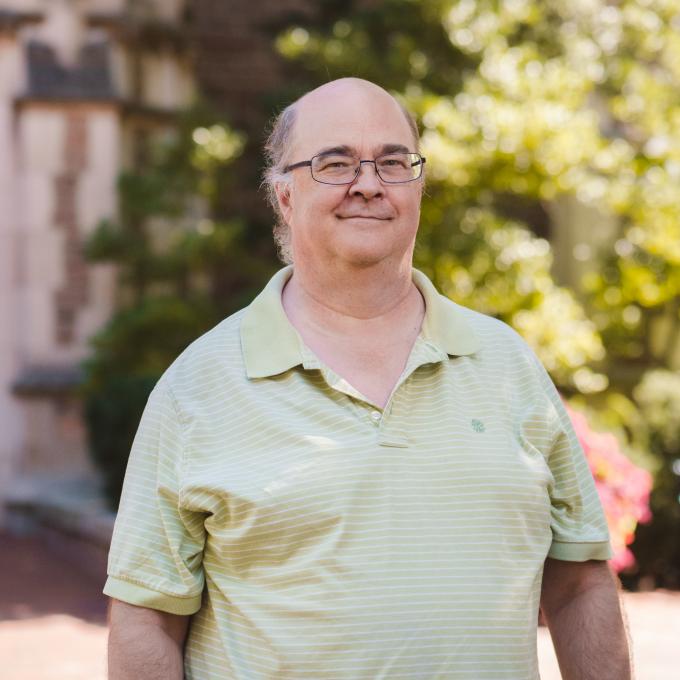In a new policy piece, biology faculty advocate for new classroom approaches to fix the national exodus of students from STEM fields.
All across the United States, half of the college students who plan to major in STEM switch fields. And Black and Latinx students leave STEM at a higher rate than their white peers. As STEM fields struggle to achieve diversity, faculty members are asking: how do we fix the exodus of students from STEM?
A policy piece published in Science and co-authored by Sarah Elgin, the Viktor Hamburger Professor Emerita in Arts & Sciences, and Christopher Shaffer, senior biology lecturer, both at Washington University in St. Louis, working with colleagues from different schools, argues that outdated teaching methods create an unwelcoming atmosphere, contributing to discrimination.
The solution they propose: fix the classroom.
For a long time now, schools have been supporting students from historically excluded communities with a combination of scholarships, fellowships, and grants at various stages of the science career pipeline. “We feel that this is not enough. We have been doing that for a long time all across the country, including efforts at WashU. We need to continue to provide that kind of support, but also to provide support in the classroom. It’s critical to create a first-year program that is welcoming in every dimension,” said Elgin.
Instead of weeding out, let’s include

When Elgin attended college in the late 60s, debates over whether women should be educated in science were inserted casually into conversation. Although STEM fields have made significant strides in their inclusivity towards women since then, many classrooms across the country continue to foster an environment not welcoming to historically excluded persons.
Most potential STEM majors attend large introductory science courses in their first year. For generations, some of these courses were used to weed out students “not serious enough” to be science majors, or so schools thought. Some students perform better under such pressure. For others, the expectation to fail becomes a self-fulfilling prophecy.
“The old weed-out philosophy is nonsense. If we are serious about equity, we need to re-orient the first-year program,” said Elgin, who together with Shaffer and their co-authors believe that the solution to creating a more inclusive environment in STEM lies in active learning experiences that encourage in-class discussions, problem-solving, and engagement of all students in research. Numerous research papers report that these types of experiences have the potential to retain historically excluded persons in STEM.
“Over and over, in the literature and in WashU classrooms, we see that when students have a chance to use their voice, to do science instead of only listening to instructors talk about science, they learn more. Active learning is particularly effective in reducing barriers for students from populations that have historically been excluded from STEM. If a student is actually being a scientist multiple days a week, that provides direct experience that can refute implicit (or explicit) societal messaging that says to some students, ‘People like you don’t become scientists’,” said Jennifer Smith, vice provost for educational initiatives and professor of earth and planetary sciences.
More CUREs, earlier in the college experience
When asked, “What should undergraduate STEM education look like in 2040 and beyond to meet the needs of students, science, and society?” in an idea competition for the Symposium on Imagining the Future of Undergraduate STEM Education, Elgin, Laura Reed, an associate professor at the University of Alabama, and Sam Donovan, a research associate professor at the University of Pittsburg, described how undergraduate research could become the core of teaching in Biology. Their idea was selected as one of 25 winners.
“The power of learning by doing has long been recognized as the most effective approach. Thus, we propose a future in which science is taught primarily by engaging undergraduate students in doing science,” said Elgin.
Research experiences offer active learning opportunities and play an important role in retaining students in STEM. But most students in the US cannot easily access faculty research. Primarily undergraduate institutions (PUIs) do not have the concentration of research labs that WashU has, limiting the number of students with access to the traditional apprentice-style introduction to research. Community colleges have even more limited facilities. Even at WashU, with an abundance of research opportunities on two campuses, most students don’t participate in faculty research until later in their college career, after they have committed to a STEM major.

Course-based Undergraduate Research Experiences, CUREs, are academic-year courses that offer students hands-on opportunities to do research. More CUREs earlier in the college curriculum would expose more students to the core of what science is all about, ultimately helping to retain talented students who would otherwise drop out after experiencing large introductory courses, argue Elgin and Shaffer, who published a paper in 2014 showing that student attitudes and student knowledge gains improve significantly with more time spent in CUREs.

“There is a lot of literature showing that all students benefit from CUREs. A lot of it boils down to identity. College is a time when students develop their own sense of who they are as adults. CUREs are an opportunity to succeed at doing research, identify as a scientist, and stick with it,” said Shaffer, who coteaches “Phage Hunters” at WashU with Kathy Hafer, professor of the practice of biology. This first-year course, originally designed by Graham Hatful (the Eberly Family Professor of Biotechnology at the University of Pittsburg), gives students their first research experience isolating bacteriophages from soil samples. Students analyze the phage structure and genome over the course of two semesters, contributing to a phage database that has been the source for scientific papers, as well as identifying a cure for an antibiotic-resistant infection.
Elgin and Shaffer have seen first-hand the benefits CUREs provide students. Elgin founded the Genomics Education Partnership (GEP), a nationwide collaboration of 200+ faculty at diverse institutions, now led by Reed. GEP faculty integrate CUREs focused on bioinformatics and genomics into the undergraduate curriculum at their schools. Elgin developed the core GEP curriculum at WashU with Shaffer in 2003; the current web resources that support the student work in gene annotation have been further developed by Wilson Leung, who first participated in this CURE as a WashU undergraduate in 2006.
When the COVID-19 pandemic left faculty around the country scrambling to provide students with an online research experience, GEP was uniquely prepared to transition to remote learning. GEP expanded faculty membership significantly during the pandemic, emphasizing the scaling potential of CUREs based on publicly available raw data in bringing hands-on research experience to more students.
Implementing more CUREs to bring equity to STEM
Implementing the solution – more CUREs earlier in the undergraduate curriculum – is not a trivial task.
In a bioRxiv preprint published in 2021, Elgin and Shaffer, among other colleagues, propose a National Center for Science Engagement to help expand what has already been built, including established CUREs as well as supporting the work of individual faculty.
“Schools such as WashU, with a well-developed science infrastructure, can play an important role in pioneering such efforts. We have done a lot with CUREs for our upper-level STEM students, and there are some great first-year opportunities here, but these accommodate only a fraction of the students taking our introductory STEM courses. If we are serious about equity in STEM education, now is the time broaden access for all,” said Elgin.
“As our social communication is shifting, now is the time to think through this seriously as there's plenty of documentation that diversity helps you move ahead,” added Shaffer.
“Diverse research teams are more creative, more likely to have someone who recognizes and questions the assumptions that other individuals bring to their work. Equity in undergraduate education is not just about enabling every one of our talented undergraduates to reach their fullest potential, it is also about enhancing our own scholarly excellence, and accelerating the pace of scientific discovery nationally and globally,” concluded Smith.




